Youaurendenial - Are You Supposed To Be Here?

More Posts from Youaurendenial and Others

What Cargo is Launching in October to the International Space Station?
On Sunday, Oct. 16, Orbital ATK is scheduled to send new science experiments to the International Space Station.

The Cygnus spacecraft will blast off from our Wallops Flight Facility in Virginia at 8:03 p.m. EDT carrying more than 5,000 pounds of science, supplies and equipment.
Let’s take a look at a few of these experiments:
Cool Flames
Low-temperature fires with no visible flames are known as cool flames. The Cool flames experiment examines these low-temperature combustion of droplets of a variety of fuels and additives in low gravity.

Why are we studying this? Data from this experiment could help scientists develop more efficient advanced engines and new fuels for use in space and on Earth.
Lighting Effects
Light plays a powerful role in our daily, or circadian, rhythms. Astronauts aboard the space station experience multiple cycles of light and dark every 24 hours, which, along with night shifts and the stresses of spaceflight, can affect their sleep quantity and quality.

The Lighting Effects investigation tests a new lighting system aboard the station designed to enhance crew health and keep their body clocks in proper sync with a more regular working and resting schedule.
Why are we studying this? Lighting manipulation has potential as a safe, non-pharmacological way to optimize sleep and circadian regulation on space missions. People on Earth, especially those who work night shifts, could also improve alertness and sleep by adjusting lighting for intensity and wavelength.
EveryWear
A user-friendly tablet app provides astronauts with a new and faster way to collect a wide variety of personal data. The EveryWear experiment tests use of this French-designed technology to record and transmit data on nutrition, sleep, exercise and medications. Astronauts use the app to complete questionnaires and keep medical and clinical logs. They wear a Smartshirt during exercise that records heart activity and body positions and transmits these data to the app. Finally, rather than manually recording everything that they eat, crew members scan barcodes on food packets to collect real-time nutritional data.

Why are we studying this? EveryWear has the potential for use in science experiments, biomedical support and technology demonstrations.
Fast Neturon Spectrometer
Outside the Earth’s magnetic field, astronauts are exposed to space radiation that can reduce immune response, increase cancer risk and interfere with electronics.

The Fast Neutron Spectrometer (FNS) experiment will help scientists understand high-energy neutrons, part of the radiation exposure experienced by crews during spaceflight, by studying a new technique to measure electrically neutral neutron particles.
Why are we studying this? This improved measurement will help protect crews on future exploration missions, like our journey to Mars.
Watch Launch
Ahead of Sunday’s launch, there will be various opportunities to learn more about the mission:

What’s on Board Science Briefing Saturday, Oct. 15 at 4 p.m. EDT Scientists and researchers will discuss some of the experiments being delivered to the station. Watch HERE.
Prelaunch News Briefing Saturday, Oct. 15 at 6 p.m. EDT Mission managers will provide an overview and status of launch operations. Watch HERE.
LAUNCH!!! Sunday, Oct. 16 at 7 p.m. EDT Watch live coverage and liftoff! Launch is scheduled for 8:03 p.m. EDT. Watch HERE.
Facebook Live Starting at 7:45 p.m. EDT you can stream live coverage of the launch on NASA’s Facebook page. Watch HERE.
Make sure to follow us on Tumblr for your regular dose of space: http://nasa.tumblr.com

The very definition of what a winner looks like. (source)

Walking in on the wrong class







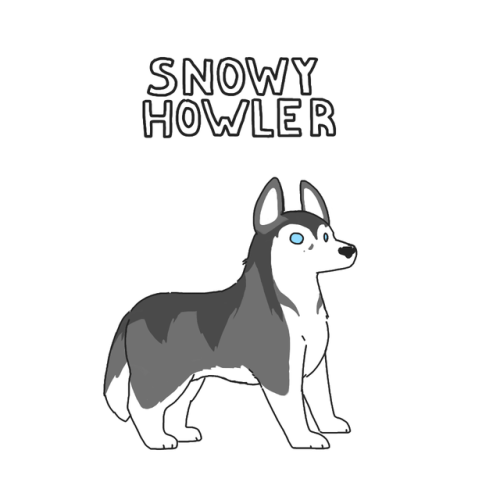
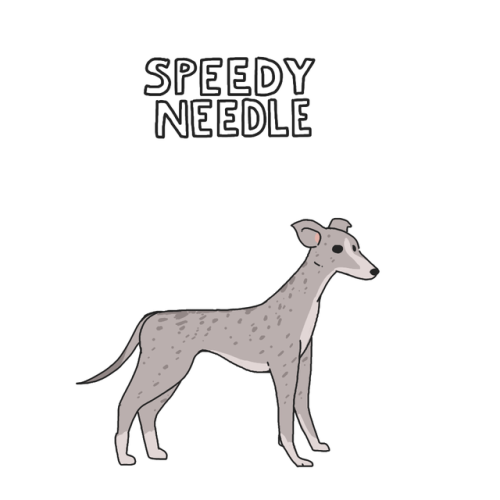

Here’s an easy guide to remember some dog names.






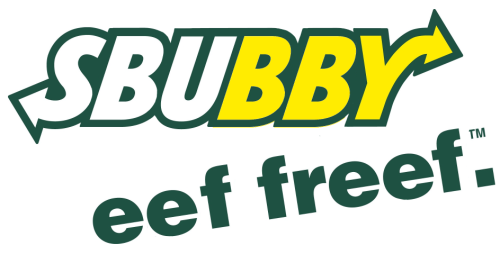
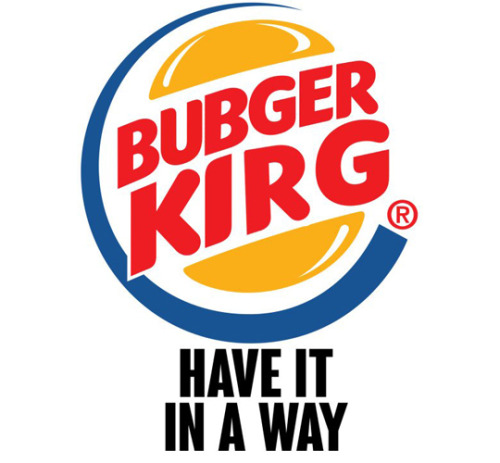
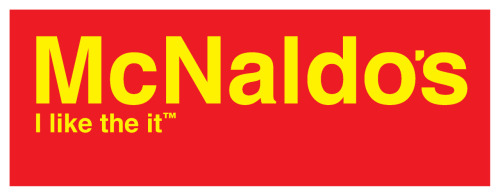


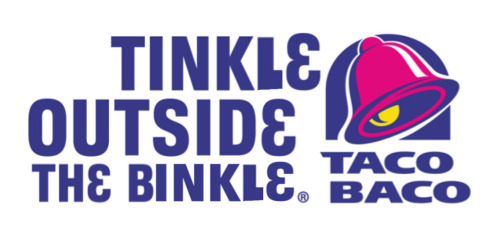
This is art. (via zebrakebebra)









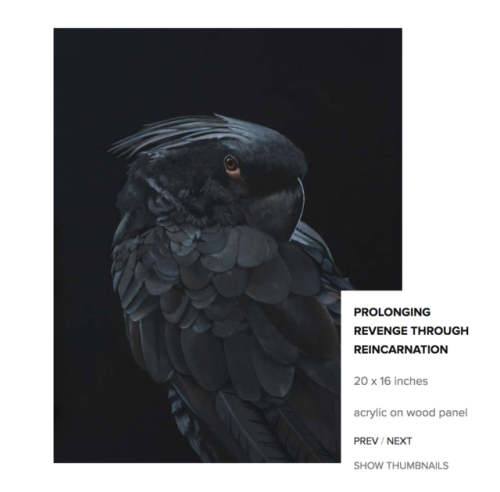

Your DNA contains millions of years worth of software updates.
-
 lolitalovestory liked this · 3 months ago
lolitalovestory liked this · 3 months ago -
 deadwrites liked this · 3 months ago
deadwrites liked this · 3 months ago -
 oberon-miranda-titania reblogged this · 3 months ago
oberon-miranda-titania reblogged this · 3 months ago -
 peppermnnts reblogged this · 3 months ago
peppermnnts reblogged this · 3 months ago -
 peppermnnts liked this · 9 months ago
peppermnnts liked this · 9 months ago -
 turoce reblogged this · 1 year ago
turoce reblogged this · 1 year ago -
 donkeykongclassifiedsecrets reblogged this · 1 year ago
donkeykongclassifiedsecrets reblogged this · 1 year ago -
 madamemaddy liked this · 2 years ago
madamemaddy liked this · 2 years ago -
 anonymousamethyst reblogged this · 2 years ago
anonymousamethyst reblogged this · 2 years ago -
 whymustyouhurtmeinthisway liked this · 2 years ago
whymustyouhurtmeinthisway liked this · 2 years ago -
 bat-demon reblogged this · 2 years ago
bat-demon reblogged this · 2 years ago -
 becauseofthefires reblogged this · 2 years ago
becauseofthefires reblogged this · 2 years ago -
 wonderer125blog liked this · 2 years ago
wonderer125blog liked this · 2 years ago -
 bi-hans liked this · 4 years ago
bi-hans liked this · 4 years ago -
 queerdevotion liked this · 4 years ago
queerdevotion liked this · 4 years ago -
 queerdevotion reblogged this · 4 years ago
queerdevotion reblogged this · 4 years ago -
 askrikkaiandhyotei liked this · 4 years ago
askrikkaiandhyotei liked this · 4 years ago -
 bitchykuromi liked this · 4 years ago
bitchykuromi liked this · 4 years ago -
 cassey-animations liked this · 5 years ago
cassey-animations liked this · 5 years ago -
 marchantsy reblogged this · 5 years ago
marchantsy reblogged this · 5 years ago -
 connectionfound reblogged this · 5 years ago
connectionfound reblogged this · 5 years ago
